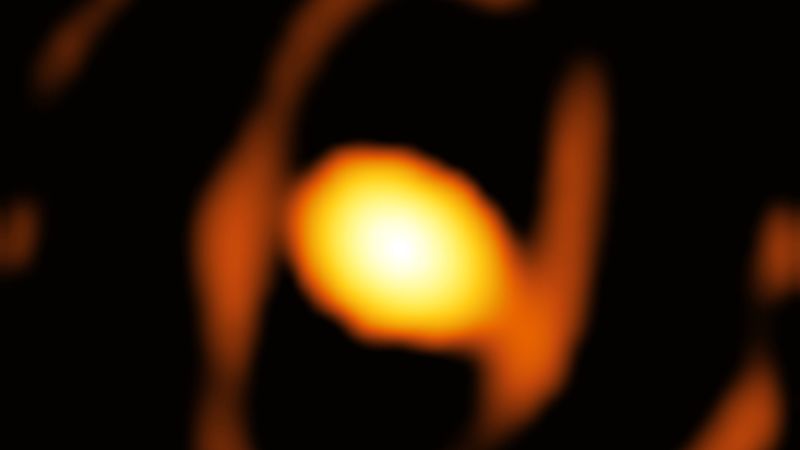
Orbital Phase
In the context of aerospace engineering, 'Orbital Phase' refers to the specific position of a spacecraft or satellite in its orbit around a celestial body at any given time. The orbital phase is determined by the angle between the direction of the spacecraft and the direction of the celestial body it is orbiting. This angle is measured from the center of the celestial body. The orbital phase is a crucial aspect of space missions as it influences the spacecraft's visibility from Earth, its exposure to sunlight (which can affect its power supply and thermal control), and its communication with ground stations. The orbital phase also plays a significant role in mission planning and execution, particularly for missions involving rendezvous and docking with other spacecraft, lunar landings, and interplanetary transfers. The calculation of the orbital phase involves complex mathematical models and takes into account various factors such as the gravitational pull of the celestial body, the spacecraft's velocity, and the effects of other celestial bodies.
Your Previous Searches
Random Picks
- Photosynthetically Active Radiation: Photosynthetically Active Radiation (PAR) refers to the spectral range of solar radiation from 400 to 700 nanometers that is used by plants for photosynthesis. PAR is an important parameter in designing and operating plant growth facilities ... Read More >>
- Vapor Compression: Vapor compression is a thermodynamic cycle used in refrigeration and air conditioning systems to transfer heat from one area to another. It works by compressing a refrigerant gas, which increases its temperature and pressure. The high-press ... Read More >>
- Coverage: Coverage refers to the extent to which a particular area or region is covered by a satellite or other spacecraft. In space and astronautical engineering, coverage is a critical factor in determining the effectiveness of a mission or system. ... Read More >>
Top News

Archaeologists discover 4,000-year-old canals used to fish by predecessors of an...
Using drones and Google Earth imagery, archaeologists have discovered a 4,000-year-old network of earthen canals in what’s now Belize...
News Source: ABC News on 2024-11-22

First close-up image of a star beyond our galaxy may reveal impending supernova...
Astronomers have taken the first close-up image of a star beyond our galaxy, and it’s a “monster star” surrounded by a cocoon as it slowly dies....
News Source: CNN on 2024-11-21

Bestselling author explains the science of happiness: "You can do the work"...
Bestselling author and Harvard professor Arthur Brooks opens up about how enjoyment, satisfaction and meaning in life can increase a person's wellbeing....
News Source: CBS News on 2024-11-18

November's full moon, known as the Beaver Moon, is the last supermoon of 2024. H...
November's full moon, known as the Beaver Moon, is the last supermoon of 2024. Here's when it peaks and why it's called the Beaver Moon....
News Source: CBS News on 2024-11-15

You can't put a price on the sense of awe particle physics inspires...
Astronomy and particle physics are no longer seen as vital by the US establishment, so funding has fallen. But our work creates a sense of wonder, and wonder matters, says Chanda Prescod-Weinstein...
News Source: New Scientist on 2024-11-13